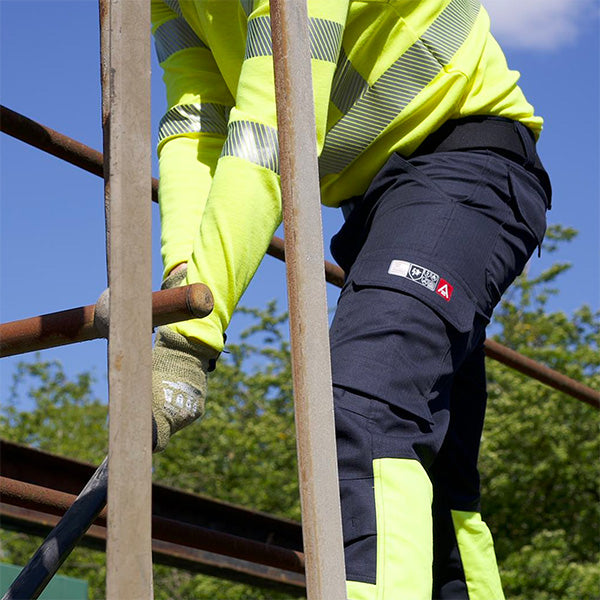EN 1149-5: Electrostatic Protection
EN 1149-5 is a European standard that focuses on electrostatic protection in the form of protective clothing. It sets the requirements for garments designed to minimise the risks associated with electrostatic discharge (ESD).
Testing Methods: EN 1149-5 employs specific testing methods to evaluate the electrostatic dissipative properties of garments. The primary testing method used under this standard is:
Surface Resistance Test
This test measures the surface resistance of the fabric, indicating its ability to dissipate electrostatic charges. It evaluates how effectively the fabric can prevent the buildup of static electricity and the subsequent discharge. The test is conducted using specialised equipment and measures the resistance in ohms.
When selecting garments according to EN 1149-5, it is important to consider the following factors:
Fabric Selection
The fabric used in the garment should have electrostatic dissipative properties. Conductive fibres or antistatic treatments are commonly employed to enhance the fabric's ability to dissipate static charges.
Garment Design
The design of the garment should ensure proper coverage of the body, including areas prone to static electricity generation, such as sleeves, cuffs, and waistbands. The garment should have a close fit to maximise contact with the skin for effective dissipation.
Grounding
In addition to the garment, proper grounding is crucial for effective electrostatic protection. Ensuring that the wearer is grounded by using conductive footwear and maintaining connection to a grounding system can help minimise static electricity buildup.
Maintenance and Care
Regular maintenance and care of the garments are essential to maintain their electrostatic dissipative properties. Follow the manufacturer's instructions for laundering and cleaning, as improper practices can reduce the effectiveness of the fabric's static control properties.



